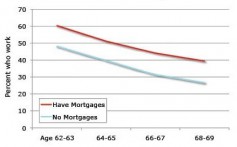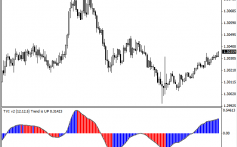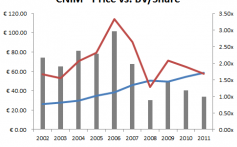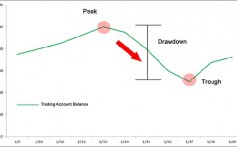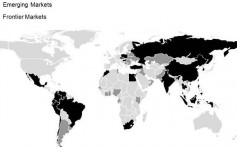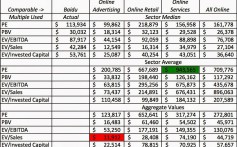University of michigan description
Post on: 8 Июнь, 2015 No Comment

REPORTING DELAYS:
None
EXPLANATION:
NOTE: This i s now known as The Thomson/Reuters University of Michigan Consumer Sentiment Index.
The University of Michigan Consumer Sentiment Index is a consumer confidence index published monthly by the University of Michigan.
The index is normalized to have a value of 100 in December 1964.
The consumer confidence measures were devised in the late 1940’s by George Katona at the University of Michigan. They have now developed into an ongoing, nationally representative survey based on telephonic household interviews. The Index of Consumer Sentiment (ICS) is developed from these interviews.
It gives a very accurate indication of the future course of the national economy. The Index of Consumer Expectations (a sub-index of ICS) is included in the Leading Indicator Composite Index published by the U.S. Department of Commerce, Bureau of Economic Analysis.
The Index was created and still is published with the following objectives:-
Near time assessment of consumer attitudes on the business climate, personal finance, and spending
To create capability for understanding and forecasting changes in the national economy
To provide means to directly incorporate empirical measures of consumer expectations into models of spending and saving behavior
To forecast the economic expectations and the future spending behavior of the consumer
To judge the level of optimism/pessimism in the consumer’s mind
The Index of Consumer Expectations focuses on three broad areas:-
How consumers view prospects for their own financial situation

How they view prospects for the general economy over the near term
Their view of prospects for the economy over the long term
The survey polls approximately 300 consumers for a preliminary figure and 500 for a final figure.
GUIDELINES:
Like most other sentiment surveys, this is a coincident indicator. When times are good, consumers are happy; when times are bad, they are less optimistic. The keys to watch for as investors are for those times when divergences occur between sentiment and the stock market, and more especially times of extreme confidence or pessimism.
At the extremes, the survey is a decent contrary indicator. When the survey has recorded readings in excess of 100, it has coincided with times of economic expansion and good stock market performance. Generally, stocks under-perform after such occurrences.
When the survey has recorded readings under 70, it has coincided with difficult market conditions. However, by the time it is recognized and extrapolated by consumers, we’re usually nearing the trough and the stock market tends to bottom not long after.
ADDITIONAL RESOURCES:







